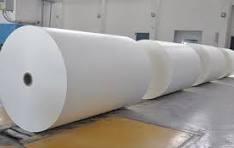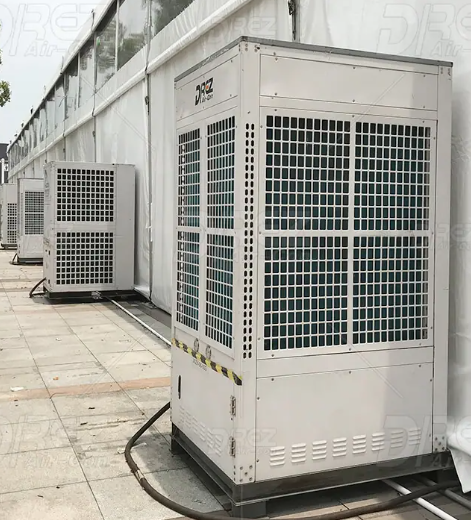In the global packaging and printing industry, material selection plays a crucial role in defining the quality, durability, and overall impact of the final product. One of the most widely used materials in this space is duplex grey back board, a versatile and cost-effective paperboard that is favored across numerous industries for its strength, smooth print surface, and economic advantages. From food packaging to toy boxes, cosmetic cartons to stationery, duplex grey back board continues to prove its significance in both local and international markets.
Duplex grey back board is a type of paperboard made with two layers. The front side, also known as the top side, is coated with a white, smooth surface that allows for high-quality printing. This makes it ideal for branding, product information, and vibrant designs. The reverse side, typically grey in color, is made from recycled fibers, giving it an environmentally conscious appeal while also contributing to its cost-efficiency. This combination of print-friendly aesthetics and sustainable material sourcing makes the duplex grey back board highly sought after by manufacturers and suppliers worldwide.
One of the biggest strengths of duplex grey back board lies in its rigidity and durability. It is engineered to provide a sturdy structure while maintaining a manageable weight, making it suitable for a wide range of applications where product protection is essential. Packaging items such as electronics, pharmaceuticals, consumer goods, and garments demand a material that can withstand handling, shipping, and stacking—criteria that duplex grey back board meets with ease.
The surface of the duplex grey back board is optimized for offset and digital printing. Its smooth white-coated layer ensures sharp text, vibrant colors, and high-resolution graphics, which enhances shelf appeal and brand visibility. Businesses, especially in competitive sectors like cosmetics and FMCG, rely on the duplex board’s printability to create packaging that not only protects but also markets the product effectively. The visual impact provided by high-quality printing on this board plays a major role in influencing customer purchasing decisions at the point of sale.
Another factor contributing to the popularity of duplex grey back board is its availability in multiple grades and thicknesses, typically ranging from 200 GSM to 500 GSM. This allows manufacturers to choose the board that best suits their product requirements, balancing between rigidity and flexibility. Thinner grades may be used for items like inner packaging or file folders, while thicker grades are more appropriate for heavy-duty boxes and premium packaging.
Sustainability is an increasingly important consideration in material selection, and duplex grey back board aligns well with the eco-conscious shift taking place across industries. Its grey back is composed of recycled paper pulp, which supports the circular economy and helps reduce the dependency on virgin materials. As global regulations tighten around packaging waste and carbon emissions, more companies are turning to materials like duplex grey back board to meet both their operational and environmental goals. Furthermore, many manufacturers ensure that the production process adheres to eco-friendly standards, with minimal use of harmful chemicals or bleaches.
Duplex grey back board is also easy to cut, fold, and die-cut, making it highly adaptable for custom packaging solutions. It can be laminated, embossed, UV coated, or treated with various finishes to further enhance its appearance and functionality. This flexibility enables creative packaging designs that stand out in the market while maintaining a cost-effective structure. Its ability to be easily converted into a wide variety of shapes and sizes makes it ideal for both automated packaging systems and manual packing operations.
In addition to packaging, the use of duplex grey back board extends to a wide array of commercial and office supplies. Products such as file covers, report folders, book covers, and calendars often rely on the sturdy yet printable surface of this board. In educational institutions, craft applications, and printing businesses, it serves as a reliable substrate that performs well in both aesthetic and structural aspects.
The demand for duplex grey back board is particularly high in markets such as Asia, the Middle East, and Africa, where packaging industries are experiencing rapid growth. The board’s competitive pricing, coupled with its reliable performance, makes it a staple material for both domestic manufacturers and export-oriented production. Exporters dealing in this paperboard often cater to sectors like food processing, pharmaceuticals, and consumer electronics, where product presentation and protection are equally important.
Warehousing and logistics companies also value duplex grey back board for inner packaging or partitioning fragile products within cartons. Its shock-absorbing capabilities and structural strength help reduce breakage and damage during transit. As a result, businesses can ensure safer delivery of goods to end-users while maintaining a professional presentation of their products.
In conclusion, duplex grey back board is far more than just a cost-effective packaging material. It embodies the perfect balance between strength, versatility, printability, and sustainability. Its wide application across industries, easy adaptability, and eco-friendly production process make it an indispensable choice for manufacturers and packaging professionals. As the global demand for smart and sustainable packaging continues to rise, duplex grey back board is poised to maintain its place as a go-to material for high-impact, high-performance packaging solutions.


